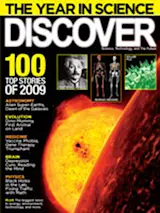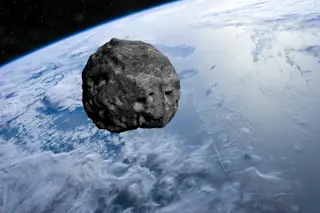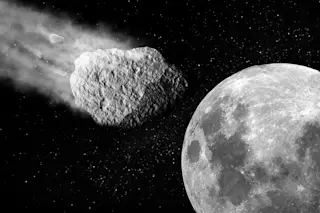For the first time, astronomers predicted when and where an asteroid would strike Earth—and recovered pieces of the rock to prove it. By studying the orbit of the asteroid and examining its remains, researchers hope to reconstruct more details about conditions in the early solar system. The work also serves as a dress rehearsal for efforts to discover larger, potentially deadly incoming asteroids before they hit.
Astronomers with the Catalina Sky Survey in Arizona spotted a car-size object headed our way on October 5, 2008, when it was about as far away as the moon. After quickly determining that the rock was too small to cause damage, scientists at the Minor Planet Center at the Smithsonian Astrophysical Observatory calculated its trajectory. Less than a day later the asteroid—now classified as a meteor—exploded 23 miles above Sudan’s Nubian Desert, exactly as was expected.
The story did not end there, however. Meteor ...















